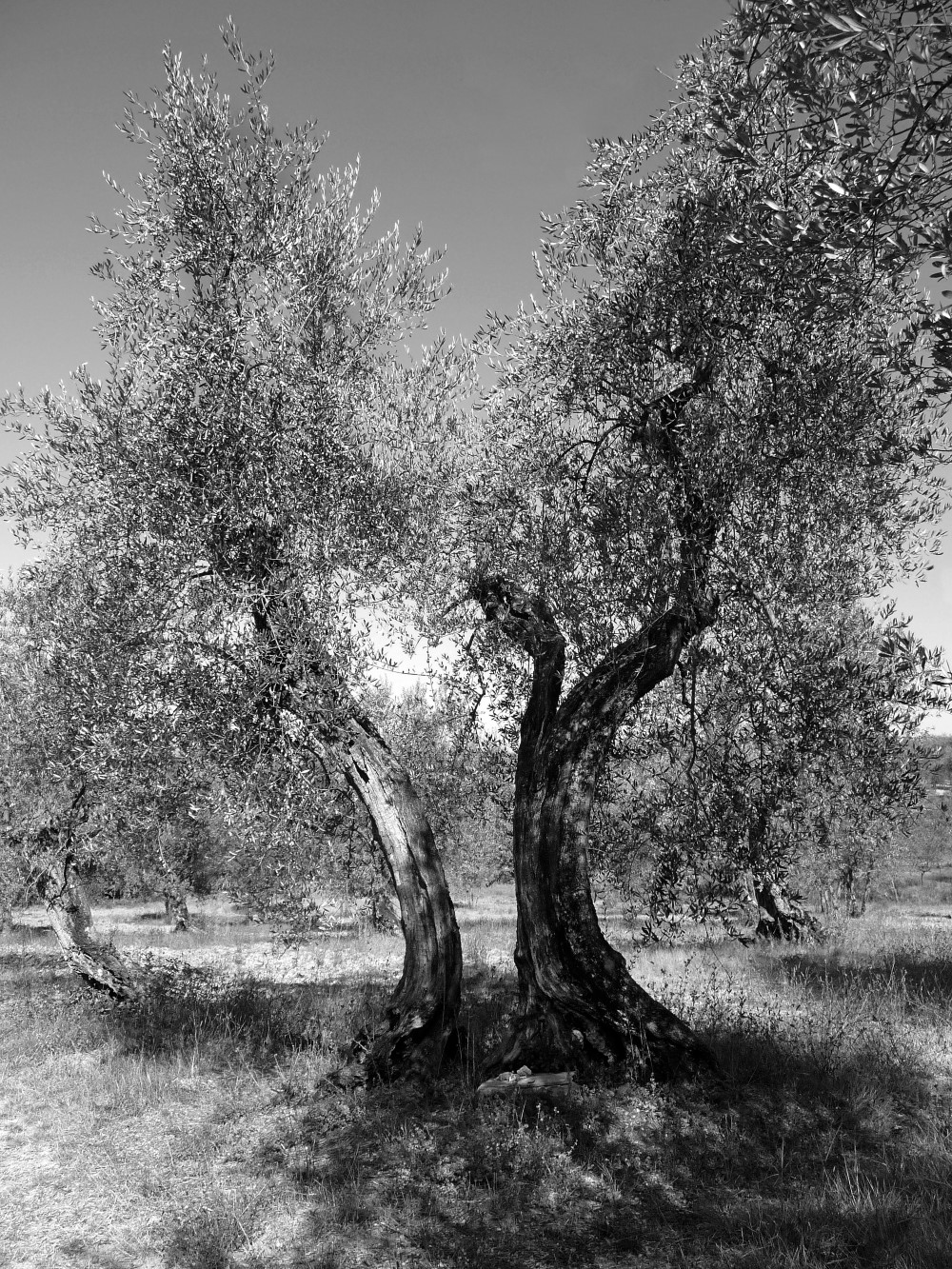Le Fornaci di Monte Pilli were built by Ubaldini Peruzzi in 1866 for producing mortar and concrete with raw materials from the area and promote a business that would give work to the people. In the same year the Peruzzi had made a large basin near the furnace in order to collect water and ensure the required amount during processing; another deep basin was built in 1884. At the end of the nineteenth century there were ten furnaces always in operation and 30 people worked there. Mortar and cement were produced in Monte Pilli, with the latter were produced pieces of paving, shelves, bench corbels, ornamental pools for fountains, cornices and other similar forms. Probably many of these products were utilized in the renovation of the Firenze Capitale (1865-1870).
In a rather hidden position, near the furnace, stands the slender parallelepiped of the Torrino (Tower), built with white square limestones. The tower rests on a concrete arch under which a short tunnel leads to a quarry. High up on the facade is the emblem, in sandstone, of the Peruzzi and underneath are stamped metal figures which show the total weight supported by the arc: “K. 27450”. In fact, the Torrino was built to test the resilience of the cement produced in the furnace.
With the death of Ubaldini Peruzzi (1891) the furnaces were closed. A few years later all the land in the area, including those of the furnace, passed to other property.
Documents from the communal archves of Bagno a Ripoli, dating from 1938, claim that the Monte Pilli furnace “not only is not in use for a long time, but it’s useless.”
However after the Second World War the old furnaces of Monte Pilli were reactivated and continued to produce lime until the sixties of the last century.
Long white smoke would rise from the red chimney and remains of the white processing pebbles were scattered all around.
In those years it was not unusual to see mothers and grandmothers going up towards the Furnaces holding the hands of children affected by pertussis. They would stop at the edges of the ovens to allow the children to breathe the fumes.
It was common to popular belief that children with “leapfrog cough” (pertussis) benefitted from breathing these fumes.







